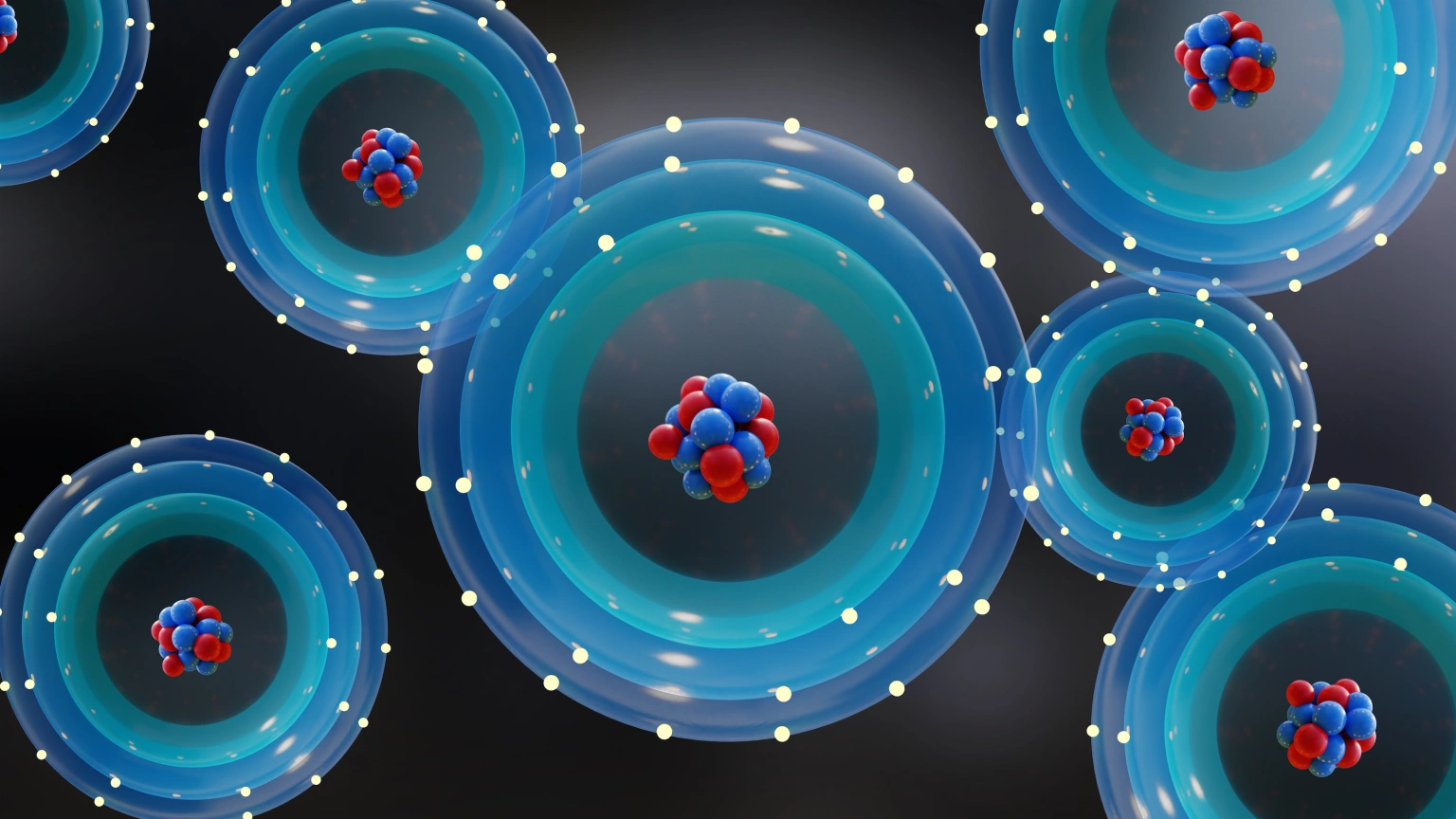Everything around us is made up of tiny building blocks called atoms. Even our body is made up of atoms. These atoms are so small that if you were to count the total number of atoms in a human body it would be almost impossible. They number more than a million times the number of all visible stars in the universe.

Atoms are made up of even smaller parts called protons, neutrons, and electrons. The most essential property of an atom is the number of protons in its nucleus, which determines its identity as a particular element in the periodic table.
Atoms interact with each other in different ways. When atoms are brought closer together, they can share electrons or one atom can take electrons from another. When multiple atoms bond together, they can form molecules or salts. This shape can be quite complex.
Proteins are made up of chains of amino acids, which are themselves molecules made up of atoms. The human body is a complex system of molecules interacting with each other to perform important functions. Understanding the behavior of atoms is crucial to many fields of science, including chemistry, physics, and biology.
A periodic table is a tool scientists use to organize elements based on their atomic structure and properties. Scientists can use this information to predict how different elements and molecules will interact with each other.
The discovery of atoms and their behavior has had a significant impact on our understanding of the world around us. It has given us the opportunity to create new materials and technologies, from plastics and electronics to drugs and vaccines. Understanding the behavior of atoms provides a clear understanding of the nature of the universe.
Armed with the knowledge of the atom, we can begin to reconstruct the periodic table, discover the building blocks of life, and develop new technologies. Atoms are the building blocks of what we see and interact with in the world around us. Understanding their behavior is crucial to many areas of science.
